

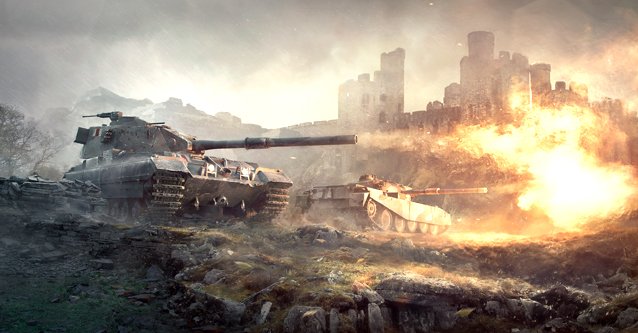
At the Game Developer's Conference last month I was able to get in a visit with the folks from Wargaming.net, the F2P MMO based company responsible for the burgeoning World of Tanks franchise. As we discussed the creative direction of the series and its many installments, including the upcoming World of Warplanes and World of Warships, I was struck by the team's dedication to historical accuracy and the thought and insight that went into their research process. Intrigued, I asked for a follow up about what goes into making a game that's at times equal parts fantasy and fiction and I got a healthy batch of answers from Sergey Burkatovskiy, Wargaming's vice president of of Game Design. Read on!
Holly Green: In just World of Tanks there are over 200 vehicles alone, a staggering amount given the historical accuracy with which each one was crafted. As a whole, how historically accurate are the tanks, warships, and warplanes featured in the Wargaming.net family?
Sergey Burkatovskiy: Vehicles in World of Tanks, World of Warplanes, and World of Warships are historically realistic in terms of upgrade modules, comparative capabilities, armor, and damage mechanics. Each project has its own team of historical consultants, and every warfare unit that gets into our games is backed by comprehensive research. Building up an in-game warplane, for instance, requires from two to four months, while a single warship takes up to six months to model. We have aerodynamics and navy engineers on the dev team, and they are busy checking and double-checking that every model is authentic in terms of its behavior.
At the same time, in all of our titles, focus is geared more towards fun than absolute realism. Sometimes playability needs to take precendent over authenticity for the sake of gameplay dynamics and to keep it approachable to entry level players. That’s why we occasionally take a certain amount of creative license. For example, aerial duels will take place at an admittedly lower altitude than a normal dogfight. It will allow players to use the low-level terrain to hide from enemies, shake off pursuits, and carry out surprise attacks.
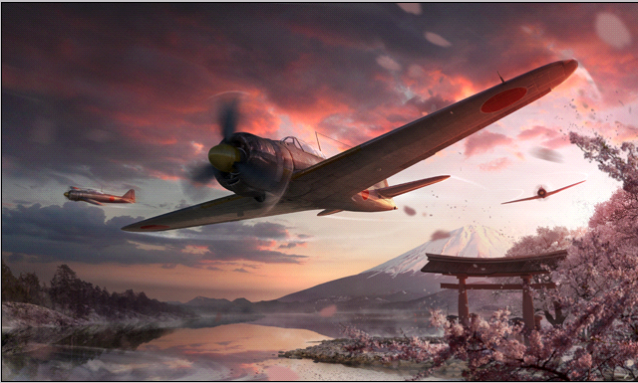
HG: I'm told a lot of resources were utlized in pursuing the historical accuracy. What was the research process like?
SB: When we design an in-game vehicle, be it a tank, a warplane or a warship, we do so from the ground up.
First, historical consultants compile a list of vehicles they want to introduce and send it to game designers and producers for approval. Then, they run a research into chosen machines (a particular class of vehicles of a certain nation in case they are going to introduce a new branch; a particular school of military engineering if they plan to add a new national line). The team browse through museum archives, make copies of original schemata, study technical specs, write a detailed description of each model (featuring its collision and crash models, lists of historically appropriate tech configurations and textures), and hand it down to artists who develop 3D models.
Once created, each model goes to historical consultants who check it for inaccuracies. If they find any discrepancies with the real-life prototype, the model returns it to 3D artists for correction.
Finally, when the vehicle is approved by historicians, the game balance team begins working on its tech parameters to ensure it retains comparative capabilities of its prototype and fits in the framework of the ten-tier system. Initial in-game setup of every machine is tweaked several times. First, vehicle’s parameters are adjusted based on the feedback from super testers, then based on the in-game stats, collected during its first three months in the game. Actually, every major addition to the rosters calls for balance readjustment, so the work on it never ends.
HG: Has the team visited any tank museums, etc for their research?
SB: Sure! Historical consultants spend most of their work time in museums, archives, and libraries. Wargaming has a long history of cooperation with the Russian Kubinka Tank Museum, where our specialists took measurements and photos of real-life machines. The Belarusian Great Patriotic War Museum and the National Archives of the Republic of Belarus provide us with historic documents, schemata, and memoirs of engineers. Wargaming is also actively cooperating with the Bovington Tank Museum in Dorset, UK, Tank Museum in Saumur, France, and Overloon War Museum in the Netherlands, as well as the American Fort Lee and Army Ordnance Museum, German Tank Museum, Latrun Tank Museum in Israel, and the Chinese Beijing Institute of Technology weapon museum and North University of China weapon museum.
HG: One detail I found especially interesting was the revelation that some of the featured vehicles are prototypes or concepts that were later abandoned as they were flanked in terms of developing Cold War technology. How many tanks in WoT were based on models that never saw combat?
SB: Approximately, 15 per cent of all World of Tanks vehicles are based on prototypes or experimental models that have never been deployed. Most of them are premium and/or top-tier machines. One example is the T110, a op-tier heavy tank that had a long pre-production story, but the development was seized before going to mass production, after rival projects were accepted by the US military. It has ultra high penetration and top speed, counterbalanced by lower damage and massive turret. Another is the IS-7, tier 10 heavy. Considered by many as a masterpiece in early post-war tank building, it is the most powerful and well-armored tank of its time. Its slope frontal armor was so effective that it even stood against a direct shot from its own 130mm main gun considered all-destructive. Its in-game power and frontal armor are shaded by low power-weight ratio and low fire rate. Another is the VK 4502 (P) Ausf. B, tier 9 heavy, another controversial prototype by Ferdinand Porsche. It embodied many of his brilliant ideas and was far ahead of its time in the technologies it used, but was too unreliable to make it to the production line. The tank's significant feature is its rear-mounted turret that leaves the player with specific game style requirements. It has superb frontal armor coupled with impressive alpha strike, but lacks maneuverability and is highly vulnerable before flanking and rear attacks. It best serves as a defender and second-line attacker.

HG: How does the team choose which vehicle to release next?
SB: When we decided upon the time-frame for our MMO series, we also got a broad-brush picture of the nationalities that should be implemented. I mean developing a game about WWII, one has at least six super-powers that are a must, regardless the warfare type. Once we introduce them in World of Tanks, it gets a bit trickier. Luckily, we’ve built an extremely vocal player community that has a long list of models they’d like to see in the game. Not to mention, game developers have their own backlog of renowned machines they can’t wait to play. So, we aren’t scared about running out of models.
Prioritizing is a tad more challenging. When drafting a list of game content for each future updates, we consider two parameters: the feedback from game community and the amount of archival documents available for a certain machine.
As for World of Warplanes and World of Warships, we are still in the beginning part of that process. We'll first implement nationalities already present in World of Tanks, and then look into other tech lines.
HG: How have fans responded to the historical accuracy of the vehicles? What role, if any, have they played in the research process?
SB: We are proud to have many military men among World of Tanks players. There also many history buffs and warfare enthusiasts. The most outspoken of them often run solid studies into their favourite machines and post them in the World of Tanks forum threads, thus saving a lot of time for our historical consultants. We appreciate their contribution and use their references in the development process (obviously, we double-check the data first). Also, we consider their preferences, when deciding upon the next set of machines that will get into the game. For instance, we suggest five different models, players vote for machines they’d like to see in the game, and those that get most votes get on the production list.
For more on the Wargaming.net family of games, be sure to check out our preview of two of their upcoming titles, World of Tanks Blitz and World of Tanks General.
This interview with Sergey Burkatovskiy was conducted by Holly Green in April 2013 via email. It may not be reposted in its entirety without permission.
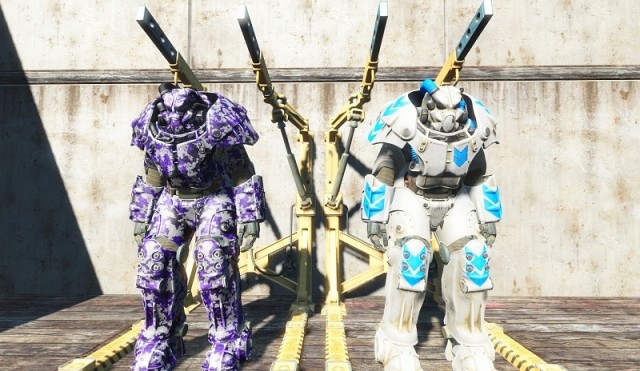

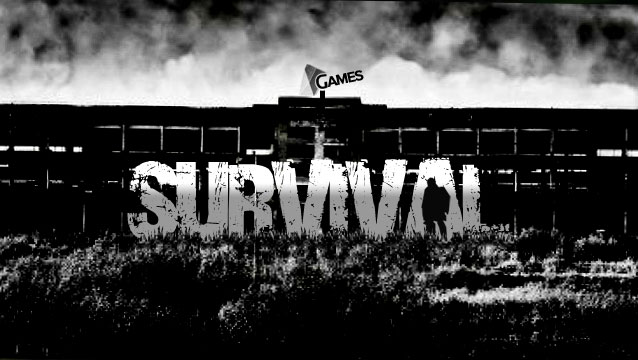
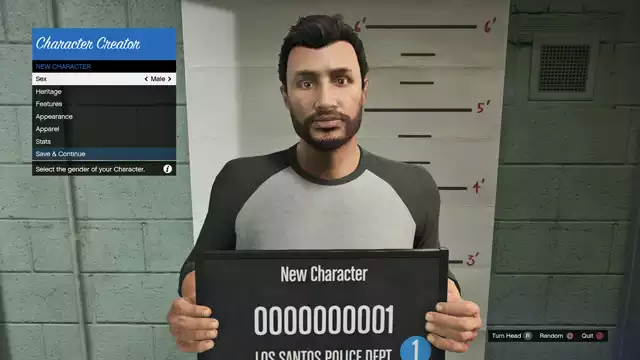
 Your Guide to Every Weapon in Far Cry 4
Your Guide to Every Weapon in Far Cry 4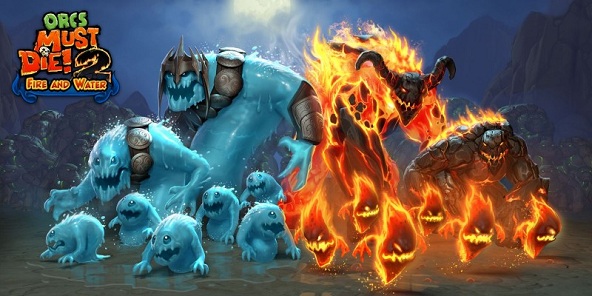 Orcs Must Die! 2 – Fire & Water Booster Walkthrough
Orcs Must Die! 2 – Fire & Water Booster Walkthrough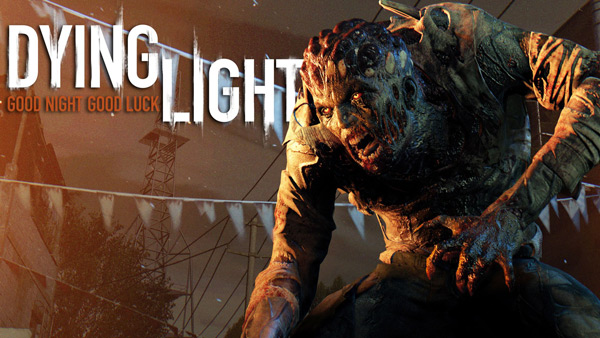 Infinite Dying Light Weapons with Duplication Glitch Guide Post Patch 1.05
Infinite Dying Light Weapons with Duplication Glitch Guide Post Patch 1.05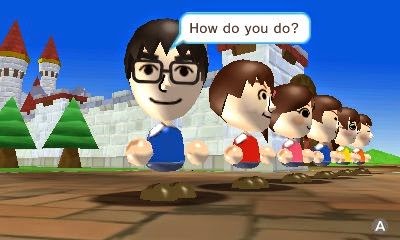 Pokémon Rumble World (3DS) tips
Pokémon Rumble World (3DS) tips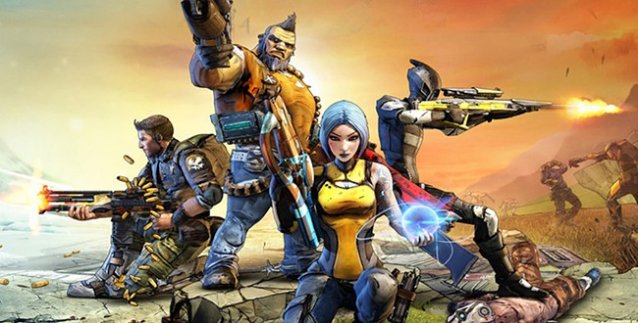 Top 10 Local Multiplayer Co-op Games to Play With Friends
Top 10 Local Multiplayer Co-op Games to Play With Friends